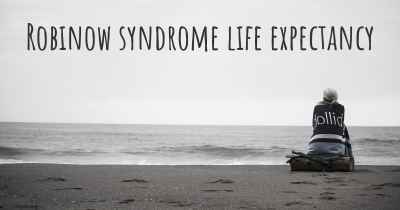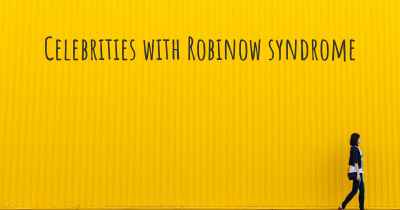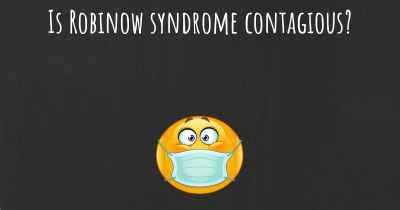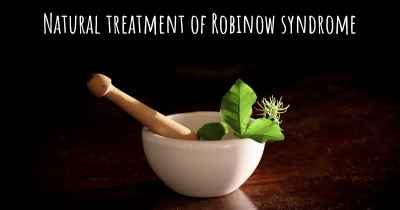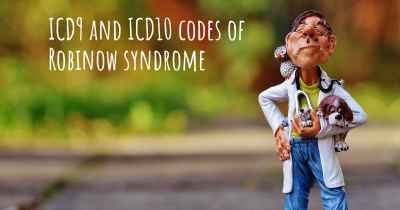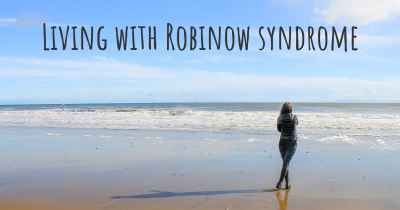What is the history of Robinow syndrome?
When was Robinow syndrome discovered? What is the story of this discovery? Was it coincidence or not?
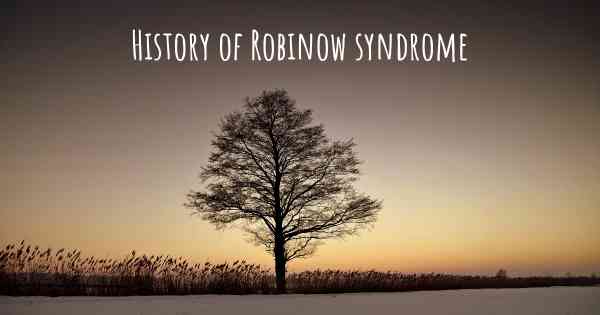
Robinow syndrome is a rare genetic disorder that affects the development of various parts of the body. It was first described by Dr. Meinhard Robinow, a pediatrician, in 1969. Dr. Robinow observed a group of patients with distinct physical characteristics and developmental abnormalities, which he later named Robinow syndrome.
The Discovery:
In the late 1960s, Dr. Robinow encountered three unrelated children who shared similar facial features, short stature, and skeletal abnormalities. Intrigued by these commonalities, he conducted further investigations and identified additional cases with similar characteristics. Dr. Robinow published his findings in a medical journal, bringing attention to this newly recognized syndrome.
Clinical Features:
Robinow syndrome is characterized by distinctive facial features, including a broad forehead, a short upturned nose, wide-set eyes, and a small jaw. Individuals with this syndrome often have a flat midface and a prominent forehead. Additionally, they may exhibit dental abnormalities, such as missing or extra teeth.
One of the key features of Robinow syndrome is short stature. Affected individuals typically have a shorter stature compared to their peers, with disproportionately short arms and legs. This condition is known as mesomelic dwarfism.
Genetic Basis:
Robinow syndrome can be inherited in two different ways: autosomal dominant and autosomal recessive. Autosomal dominant inheritance means that an affected individual has a 50% chance of passing the condition to each of their children. Autosomal recessive inheritance requires both parents to carry a copy of the mutated gene and have a 25% chance of having an affected child.
Two genes have been identified as responsible for Robinow syndrome: ROR2 and WNT5A. These genes provide instructions for making proteins involved in the development and functioning of various organs and tissues. Mutations in these genes disrupt normal development, leading to the characteristic features of Robinow syndrome.
Subtypes:
Over time, researchers have identified different subtypes of Robinow syndrome based on the severity of symptoms and the genetic cause. The autosomal dominant form is generally milder, while the autosomal recessive form tends to be more severe.
Management and Treatment:
There is currently no cure for Robinow syndrome, so treatment focuses on managing the symptoms and improving quality of life. A multidisciplinary approach involving various specialists, such as pediatricians, orthopedic surgeons, and dentists, is often necessary.
Medical interventions may include growth hormone therapy to address short stature, orthopedic procedures to correct skeletal abnormalities, and dental treatments to manage dental issues. Additionally, early intervention programs and educational support can help individuals with Robinow syndrome reach their full potential.
Research and Support:
Since its initial discovery, ongoing research has shed light on the underlying genetic mechanisms and potential treatment options for Robinow syndrome. Genetic testing and counseling have become more accessible, allowing affected individuals and their families to better understand the condition and make informed decisions.
Support groups and organizations dedicated to Robinow syndrome provide valuable resources, information, and a sense of community for affected individuals and their families. These communities foster awareness, advocacy, and ongoing research efforts to improve the lives of those living with Robinow syndrome.
In Conclusion:
Robinow syndrome, first described by Dr. Meinhard Robinow in 1969, is a rare genetic disorder characterized by distinct facial features, short stature, and skeletal abnormalities. It can be inherited in an autosomal dominant or autosomal recessive manner, with mutations in the ROR2 and WNT5A genes being responsible for the condition. While there is no cure, management involves a multidisciplinary approach and supportive care. Ongoing research and support groups continue to contribute to our understanding and support of individuals with Robinow syndrome.
Posted Feb 20, 2021 by The 500
